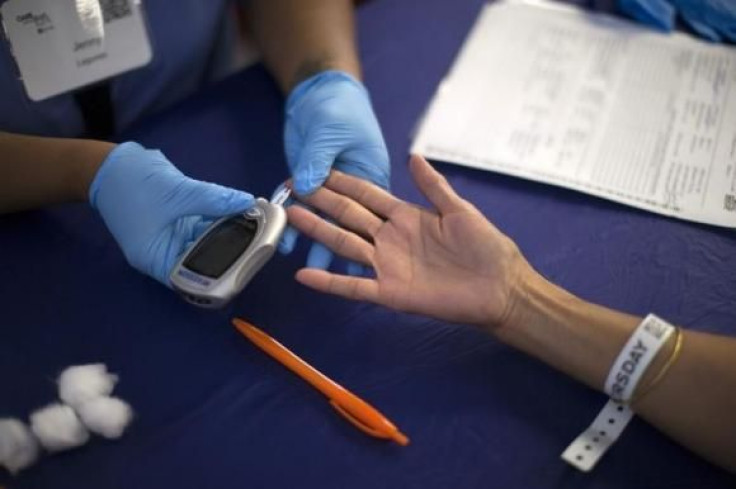Type 1 diabetes immunotherapy is proven safe in first U.S. trial

A new form of immunotherapy for type 1 diabetes, or T1D, has yielded no serious adverse effects and was deemed safe after its first U.S. safety trial.
According to UC San Francisco scientists and physicians, the patients included in the trial received infusions of as many as 2.6 billion cells that had been specially selected to protect the body's ability to produce insulin.
T1D is an autoimmune disease in which the immune system, which normally defends against infections, targets insulin-secreting cells in the pancreas. While existing T1D therapies attempt to address this problem by suppressing the immune response, this approach can have serious consequences, including an increased susceptibility to infection or cancer.
In the new immunotherapy, which is detailed in the journal Science Translational Medicine, the cells used in the completed Phase 1 trial are instead based on the concept of "immune tolerance." Known as regulatory T cells or Tregs, these cells have the potential to dampen the immune system's assault on beta cells while leaving its infection-fighting capabilities intact.
“For type 1 diabetes, we've traditionally given immunosuppressive drugs, but this trial gives us a new way forward. By using Tregs to 're-educate' the immune system, we may be able to really change the course of this disease,” says the study’s first author and UCSF professor Jeffrey Bluestone, PhD in a statement.
The encouraging safety results from the trial support the development of a Phase 2 trial to test efficacy of the Treg therapy, the research team writes.
The infused Tregs used in the trial were derived from the trial participants' own cells, using an ex vivo "isolation and expansion" technique.
In this procedure, doctors remove less than two cups of blood, which in T1D patients usually contain between two and four million of the desired Tregs, commingled with millions of cells of other types. Using a method known as fluorescence-activated cell sorting, which precisely segregates cells based on molecules they display on their surface, the therapeutic Tregs are separated and then placed into a growth medium in which they can attain a 1,500-fold increase in number.
According to the researchers, the trial marked the first U.S. study in which large populations of Tregs created using these techniques were infused back into patients' circulation. Around 14 patients from 18 to 43 years old, all with recent-onset T1D, were organised into four groups that successively received infusions containing greater numbers of Tregs: members of the first group received about 5 million cells, and the fourth group about 2.6 billion cells.
In addition to being well tolerated by all four groups, the treatments were found to be durable, with up to 25 percent of the infused therapeutic cells still detectable in patients' circulation a year after they had received just a single infusion.
“Using a patient's own cells – identifying them, isolating them, expanding them, and infusing them back into the patient – is an exciting new pillar for drug development and we expect Tregs to be an important part of diabetes therapy in the future,” says Bluestone.
Approximately one in every ten Australians with diabetes has type 1 diabetes, according to the Better Health Channel. Type 1 diabetes is much more common in Australia than in other countries, with as many as six Australians of all ages developing the condition.
Contact the writer at feedback@ibtimes.com.au or tell us what you think below.






